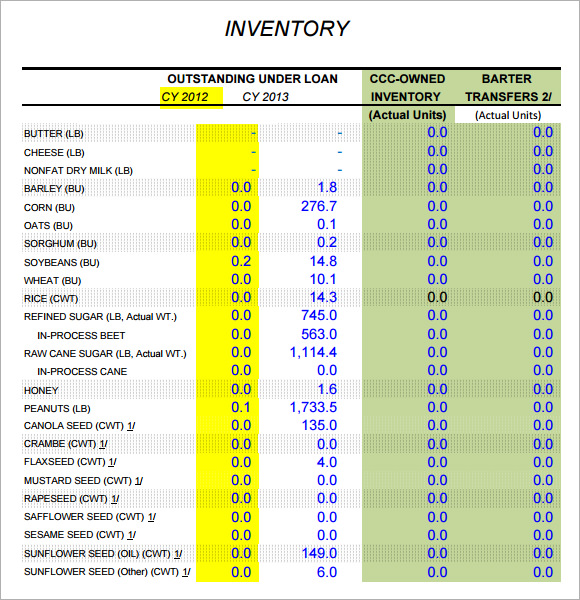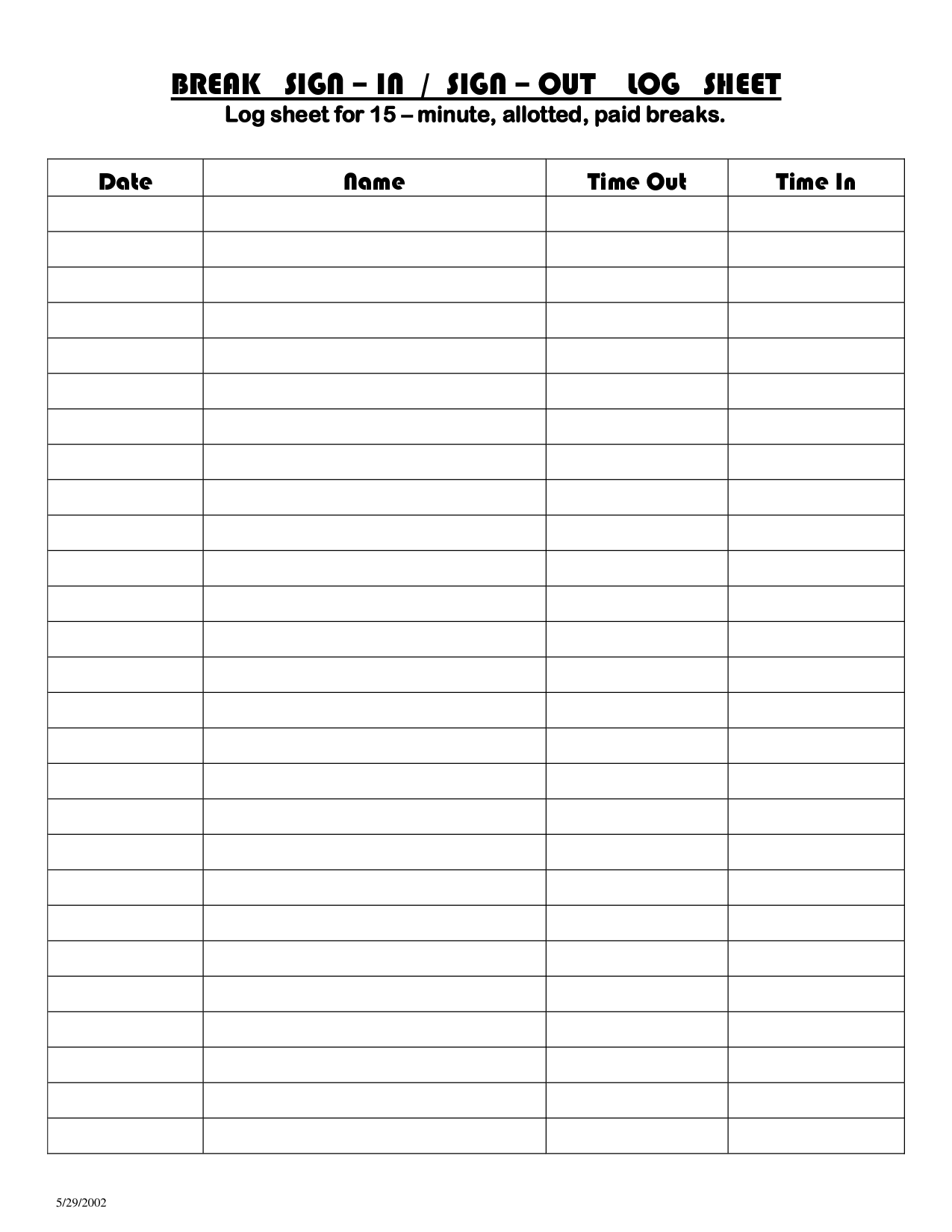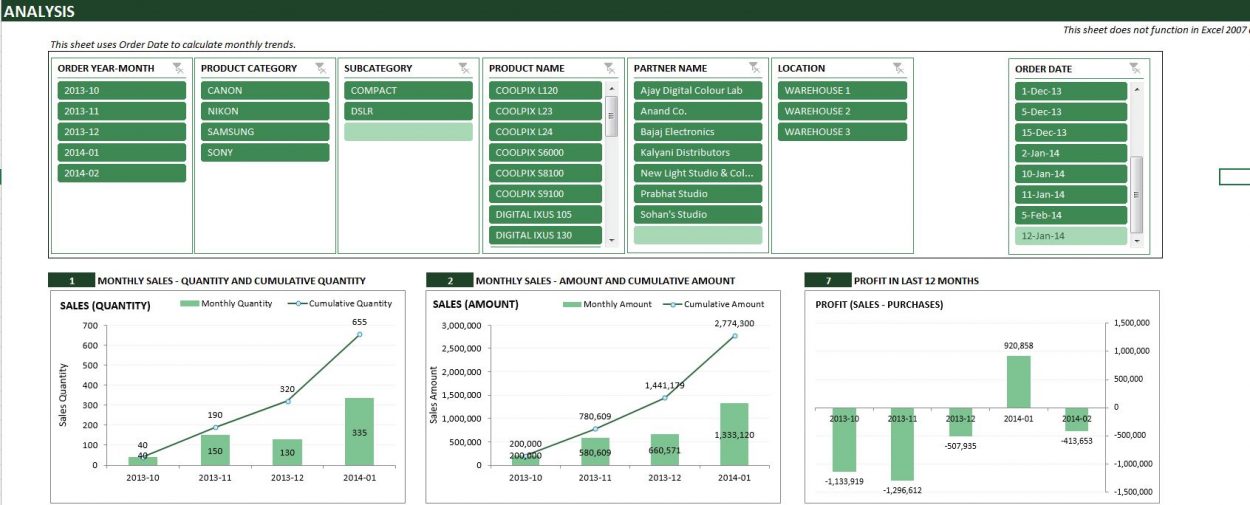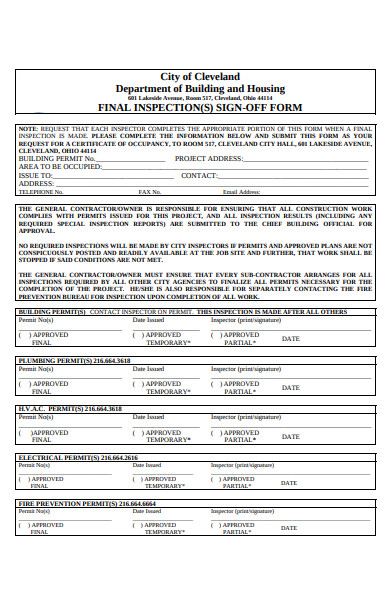


With the advent of the smartphone, more customers started reaching out to local businesses through the web. All of this was done to protect the corporate brand and image and save on resources.

They found some success, but they lost the advantages of targeting local customers. So, they built huge websites to compete with the online-only providers. When companies started marketing online, they believed their success would be found through nationalization. Some multi-location companies forgot how important reaching their local customers was. Multi-Location The Multi-Location Accounting feature of Connected Business is a feature that allows companies, who have multiple locations or branches, track the financials per location.Search (Filter) The search action allows you to quickly and easily narrow down a list of records and show only those that include the data you're looking for.Barcoding (RFID) Helps in scanning the barcode of an object and accurately records the data or transaction.Cost Tracking Helps in tracking the cost of stock items for easy access.Custom Pricing Models Helps in providing custom priced packages for stock items.Inventory Forecasting Helps in forecasting inventory items or stock supplies and facilitates making informed decisions for ensuring optimal inventory control.Implementing proper inventory control measures ensures the long-term stability of the company, and the production process will run smoothly without interruption due to stock-outs. Therefore, businesses must take measures to make sure that the inventory stored in the business is sufficient to meet the current manufacturing or sales needs. When storing inventory, businesses must consider the possibility that inventory may get spoiled or go out of demand if stored for too long. Maintaining up to date product data is imperative to the success of the system. Inventory Overview Inventory involves managing your product levels and efficiently getting your stock in and out of the system accurately.Kitting Helps in categorizing, assembling, packing and supplying stock items together.The platform automatically stores orders received, keeps a track of inventory levels and raises the required sales orders and a corresponding invoice of sale. An order management system is a single unified platform that helps manage inventory, automate the order-to-cash cycle and facilitate better communication between teams. The order entry function is usually the responsibility of the sales and marketing function. The information in the sales order is then used to schedule all of the activities needed to fulfill the customer's order, which may include materials procurement, production, warehousing, picking, shipment, and invoicing. Once this information has been entered, it is typically reclassified internally as a sales order.

Order Entry Order entry is the actions needed to record a customer's order into a company's order handling system.They are interrelated but both hold their respective set of duties Often Shipping Management and Logistics Management are considered the same, but they are way different. It helps the companies to be streamlined and focus on each step of the process along the way. In other words, Shipping Management is the process of planning and execution of the shipping process to ensure the smooth functioning of the same. When the process of shipping is taken care of from the scratch till the end, it is called Shipping Management. Shipping Management Shipping is the activity of carrying people or goods from one place to another by ship or by some other means.


 0 kommentar(er)
0 kommentar(er)
